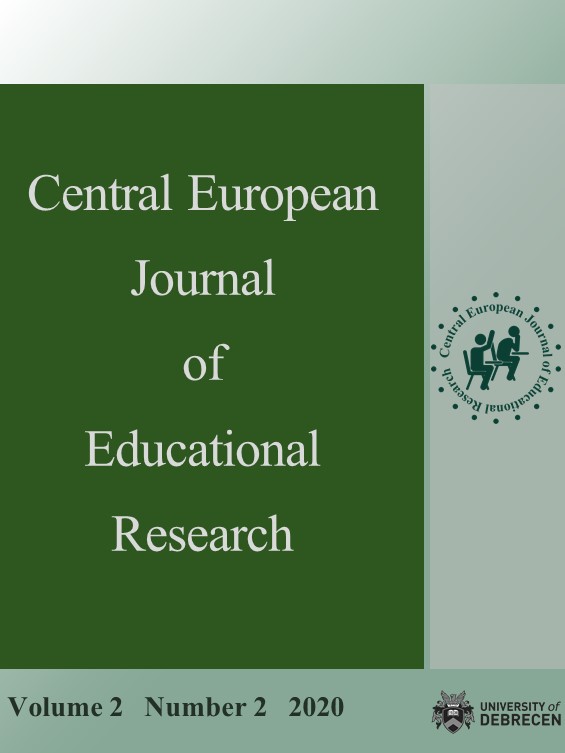International Trends of Remote Teaching Ordered in Light of the Coronavirus (COVID-19) and its Most Popular Video Conferencing Applications that Implement Communication
Author
View
Keywords
License
Copyright (c) 2020 by the author(s)

This work is licensed under a Creative Commons Attribution 4.0 International License.
How To Cite
Abstract
The global coronavirus pandemic that emerged at the end of 2019 and will reach its peak in 2020 has affected education systems worldwide and led to widespread, complete closure of schools, universities, and colleges. UNESCO estimates that a total of nearly 1.6 billion students worldwide have been affected by the closures of educational institutions. The indicator was the highest in the period from April 1 to April 5, when exactly 1,598,099,008 students were affected by the measures. This accounted for 91.3% of the world’s total learning community, with a total of 193 countries providing full nationwide remote teaching. In response to school clo-sures, UNESCO has proposed distance learning programs as well as open educational applications and platforms that have ena-bled schools and teachers to reach their students remotely and make online education easier (UNESCO, 2020). In addition to reviewing the recent literature and monitoring lockdown measures, the study also suggests a number of specific solutions.


 https://doi.org/10.37441/CEJER/2020/2/2/7917
https://doi.org/10.37441/CEJER/2020/2/2/7917